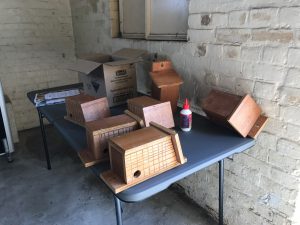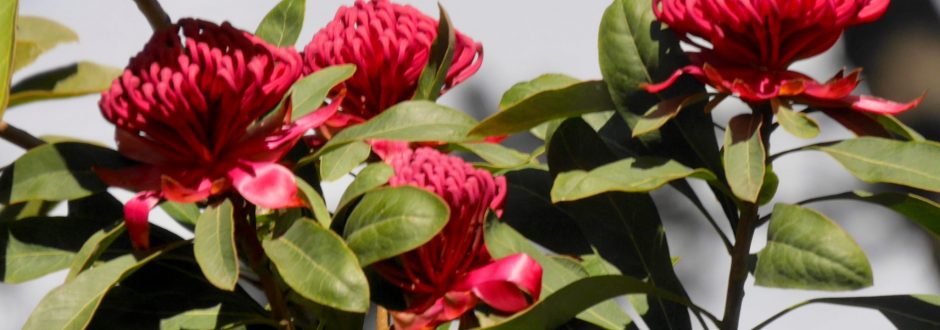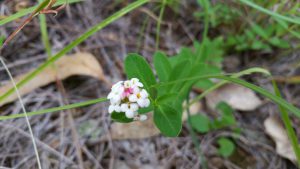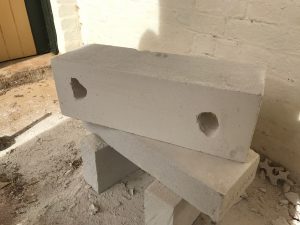Our commitment to creation takes many forms. As Good Samaritans, we support each other, our oblates and ministry partners in understanding the science, the theology and the economy of the cosmos. This includes everything from our approach to prayer, to our relationships, to our care of the environment and our stewardship of material resources, including our investments.

A workshop was held to make these wooden boxes which are designed to house Pygmy possums, Feather tail gliders and Antechinus (small marsupials indigenous to Australia)
Inspired by Laudato Si’, the 2015 encyclical of Pope Francis, we continually seek to deepen this commitment in all our relationships with all of creation, and in our use of resources.
In 2012, the Sisters of the Good Samaritan entered into a contract with the NSW Government’s Office of Environment and Heritage (OEH), to set aside a piece of land near Camden, in the Macarthur Region, for ecological restoration.
Under what is called a BioBanking agreement, the OEH provides funds for the gradual restoration of the land. Each year, agreed outcomes such as the removal of feral animals and weeds (including trees) and regeneration of native species, must be achieved so that money can be released for further work.
Since then, a second BioBanking agreement has been achieved so that today, 90 hectares of Cumberland Plain Woodland are being restored. At the same time, we have committed to maintaining a conservation park of some 80 hectares on the adjoining land. This project is administered by SGS Wivenhoe and Conservation.




